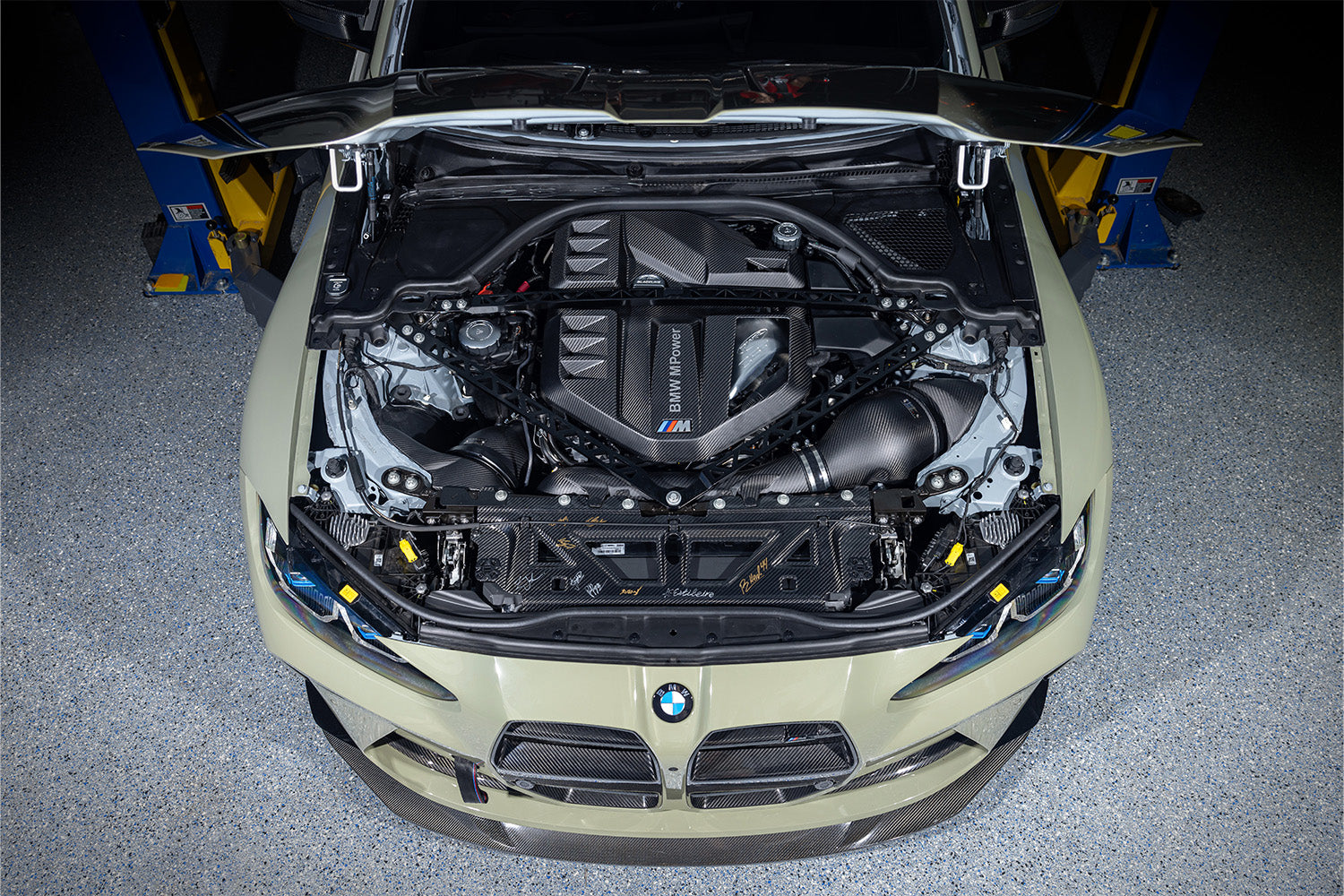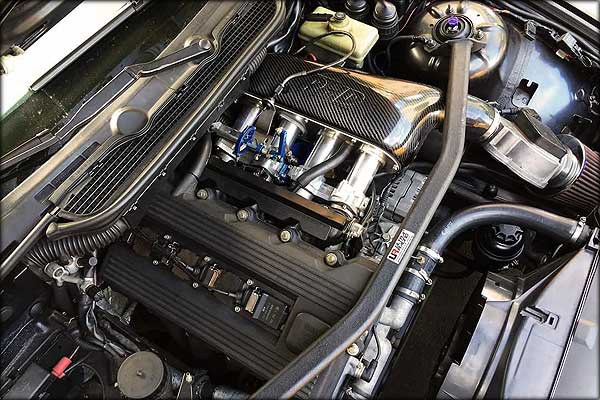Exploring the Efficiency Enhancements of the Latest BMW Engine Designs
Exploring the Efficiency Enhancements of the Latest BMW Engine Designs
Blog Article
Exploring the Development of Burning Engines in Modern Transport Equipments
As we navigate the landscape of modern transport, the advancement of burning engines stands as a testimony to human ingenuity and engineering expertise. From their simple starts to the innovative giants thrusting vehicles today, combustion engines have undergone an amazing journey of development and adaptation. Understanding the complexities of this development not only drops light on the past however also leads the way for imagining what lies ahead in the world of transport innovation. The interplay of history, modern technology, and ecological worries fit the trajectory of combustion engines creates a story that is both engaging and insightful.
Early Beginnings of Combustion Engines
Just how did the idea of combustion engines initial emerge in the onset of transportation growth? The origins of combustion engines can be mapped back to the 17th century when the principles of inner combustion were initial checked out. In 1673, Christian Huygens conceptualized a basic interior burning engine that made use of gunpowder to produce power. However, it wasn't up until the late 19th century that sensible applications of combustion engines in transportation started to emerge.
The advancement minute featured the innovation of the initial effective gasoline-powered engine by Karl Benz in 1885 - bmw engine. This engine led the way for the growth of the modern vehicle, changing transport systems worldwide. Subsequent advancements by Nikolaus Otto and Gottlieb Daimler better refined combustion engine innovation, bring about the automation of vehicles and the fast growth of the transport sector
These early combustion engines were defined by their simpleness and effectiveness, laying the structure for the complicated and powerful engines utilized in modern transportation systems. The evolution of combustion engines has actually been instrumental in forming the means we take a trip and move items, noting a substantial turning point in the history of transportation development.
Transition to Internal Burning Innovation
The transition to internal combustion technology noted a crucial change in the development of transportation systems. This shift started in the late 19th century, with developers like Nikolaus Otto and Gottlieb Daimler establishing the very first successful inner combustion engines. These engines revolutionized transport by using a much more powerful and reliable option to steam engines and electrical motors.
One of the key benefits of interior burning engines was their capability to be scaled down to match cars, leading to the growth of motorbikes and automobiles. This change from bulky, fixed engines to compact, mobile ones led the way for the modern-day transportation systems we see today.
The change to interior burning innovation additionally spurred advancements in gas technology, bring about the development of fuel and diesel as main fuel sources for vehicles. This shift not just made transportation a lot more available to the masses yet also laid the foundation for the oil and gas sector to become important to international economic climates.
Impact of Combustion Engines on Transport
The fostering of combustion engines in transport systems catalyzed an extensive change in the performance and rate of international wheelchair. Combustion engines revolutionized transport by giving a trusted and versatile resource of power for various cars, consisting of cars, airplanes, ships, and trucks. This advancement dramatically boosted the ability for goods and people to move over long distances in shorter timespan, resulting in enhanced connectivity between regions and nations.
Additionally, the widespread use of combustion engines has had a considerable impact on financial growth. The capacity to transport items successfully has actually stimulated profession and commerce, enabling services to broaden their markets and reach consumers worldwide. This has actually promoted financial growth and globalization, as products can now be transported much faster and in bigger quantities than ever previously.
However, the ecological influence of combustion engines can not be neglected. The combustion of fossil gas has actually caused air pollution and greenhouse gas emissions, adding to climate change and posing wellness dangers to populations. bmw engine. As an outcome, there is an expanding emphasis on creating alternate propulsion innovations to mitigate these adverse impacts and create a more lasting future for transportation
Innovations in Burning Engine Style
Numerous innovations in combustion engine design have actually moved the advancement of transportation systems over the decades. One significant development is the growth of turbocharged engines, which utilize exhaust gases to drive a generator that compresses inbound air, enabling even more fuel to be burned, resulting in raised power output without a substantial increase in engine dimension. Additionally, direct shot technology has actually improved fuel performance and performance by More hints exactly regulating the amount and timing of gas infused into the combustion chamber. Variable shutoff timing systems have likewise changed engine design by enhancing air movement at different engine speeds, boosting both power and efficiency. One more substantial advancement is the combination of light-weight products such as carbon fiber and aluminum alloys, decreasing total engine weight and boosting vehicle fuel economic situation. Furthermore, improvements in computer-aided layout have actually enabled engineers to enhance engine efficiency and performance via simulations prior to physical prototypes are built, saving time and resources in the advancement procedure. These innovations jointly contribute to the continual renovation of burning engines in modern-day transport systems.
Future Patterns in Combustion Engine Growth
With innovation developments driving continuous technology, the future of burning engine development is positioned to reinvent transportation systems globally. Among the essential fads in burning engine development is the press towards better effectiveness and decreased exhausts. Makers are investing greatly in research and growth to enhance engine efficiency while meeting rigorous environmental regulations. This includes the integration of sophisticated fuel injection systems, boosted turbocharging techniques, and the usage of lightweight products to optimize gas consumption and minimize carbon emissions.
Another popular fad is the fostering of hybrid innovations in burning engines. Crossbreed engines combine standard burning technology with electric power, using enhanced fuel effectiveness and reduced exhausts. As the automotive market shifts in the direction of electrification, crossbreed burning engines are viewed as a transitional solution that bridges the space between traditional lorries and totally electrical ones.
Moreover, the integration of smart innovations, such as expert system and information analytics, is anticipated to play a substantial duty in the future of burning engine growth. These modern technologies can maximize engine efficiency in real-time, bring about extra reliable burning procedures and boosted total lorry efficiency. Accepting these future patterns will certainly not just drive advancement in combustion engine advancement however also add to a more eco pleasant and sustainable transportation ecosystem.

Final Thought
In verdict, the advancement of combustion engines in modern transport systems has actually been marked by significant advancements in modern technology discover this info here and style. From the early starts of combustion engines to the transition to inner combustion technology, these engines have actually click over here had a profound influence on transport.
The roots of burning engines can be traced back to the 17th century when the concepts of interior combustion were initial checked out. These engines revolutionized transport by providing a more reliable and powerful choice to heavy steam engines and electrical motors.

Report this page